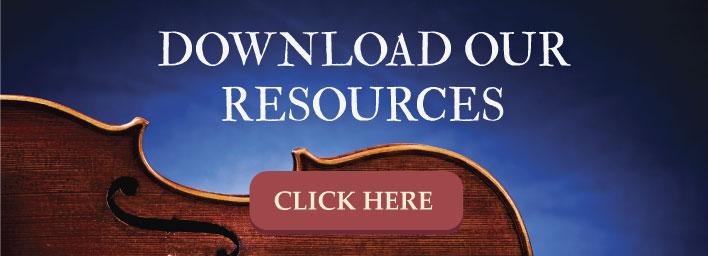4 Common Problems for Beginner Bassists

Learning music is an extremely beneficial and rewarding endeavor. Many aspiring musicians recognize that playing the upright bass is a useful skill that's in high demand in a variety of musical genres. Yet, many beginning bass students struggle with the same types of problems. Like all string instruments, the double bass requires a particular form for proper execution, and learning the right holds and techniques are necessary to achieve proficiency.
In fact, although bass for beginners has a variety of challenges, the main difficulties shared by the majority of students seem to center around those that relate to intonation and bowing. However, don’t be alarmed, these challenges are frequent with other “violin family” instruments and just require you to concentrate on performing deliberate practice.
Deliberate practice is focusing your entire attention on exactly what you are doing, without allowing your mind to wander. Although this can be a struggle, the more you execute it, the easier it will become. Plus, the progress you make will be amazing. You can avoid these common problems when beginning bass instruction by following the techniques included, or by developing your own solution. Remember, the key is to focus your entire energies on flawless execution.
Intonation
Many students have difficulty placing their fingers correctly on the fingerboard. Without frets, learning intonation requires patience and practice, but you can help improve your ability in a variety of ways. For example:
Reduce the tempo, and immediately correct finger placement when the note is off key. It’s a good idea to first listen to the piece of music that you are practicing. Then listen to it again. While you’re playing it (at an extremely slow tempo), if any notes sound sharp or flat, stop right there, correct your finger placement, and replay the bar. By developing muscle memory, you can help eliminate intonation problems.
Also, you can try the “candy” game. This will work with anything like small chocolates, fruit chews, or even coins. Choose a few bars of music, for beginning bass or pick a few measures that feature open string notes. Play the bars very slowly. Each time that you play the assigned piece perfectly, you earn a piece of candy, but you have to play the piece through four times correctly. If you make a mistake, stop, and start from the beginning.
Also, use "walking" finger techniques – when ascending (1-4), bend the old finger; when descending, straighten the old finger back.
Bow Holds
Mastering the bow hold is essential.
- Hold the hand loose and pointed downward. Completely relaxed.
- Grip the bow at the frog end, your little finger should be placed above the eye of the frog, balancing it between your pinky and index finger. Your hand should still be relaxed.
- Place your thumb just in front of the frog, and angle your hand to “lean” on your first finger. This pronation should cause the pinky to slightly rest on top of the stick.
- Use the weight of your arm and the bow to transfer weight to the string.
If you keep having trouble using the French bow, you may want to experiment with the German one. For many beginning bass players, it simply works better. Plucking and "slap" techniques will be learned later.
Playing One String at a Time
This is another problem that plagues beginning bass players. You don’t want the bow to glance off onto the adjacent strings, but learning this can be challenging. A good bow hold is first step, but you should also practice long bow strokes, keeping good contact with the string. It can help if you pay close attention to the height of your elbow while bowing. Again, creating muscle memory is crucial, so perform these exercises slowly.
Practice Method
Beginning bass players often don’t follow the best practicing procedures, which creates problems that compound your difficulties over time. If you continually make the same mistakes, you’re basically teaching yourself to play incorrectly. Use the following formula to avoid this:
- Listen to the piece you plan to practice. Listen to it again.
- Master each measure before moving to the next, and play each note with exaggerate slowness, keeping a very loose sense of the rhythm. Pay very close attention to the intonation and correct your finger placement before moving to the next note, bar by bar, phrase by phrase.
- Connect two-three measures together and perfect those, then choose a few more, until you’ve gradually perfected the piece.
- Now, you can slowly increase the tempo. Remember to proceed in the same fashion for the new speed.
- Once you’ve achieved proficiency, incorporate other aspects and elements for improved expression and dynamics.
By overcoming these four common problems, you’ll make faster progress and get more enjoyment from learning to play your double bass.


